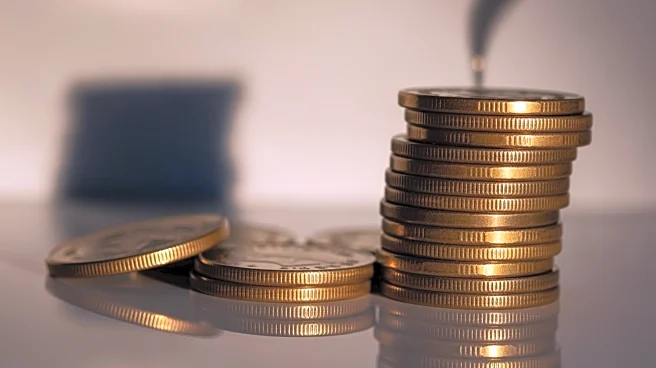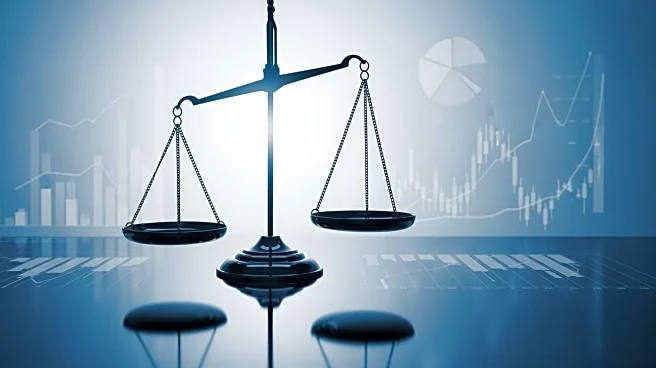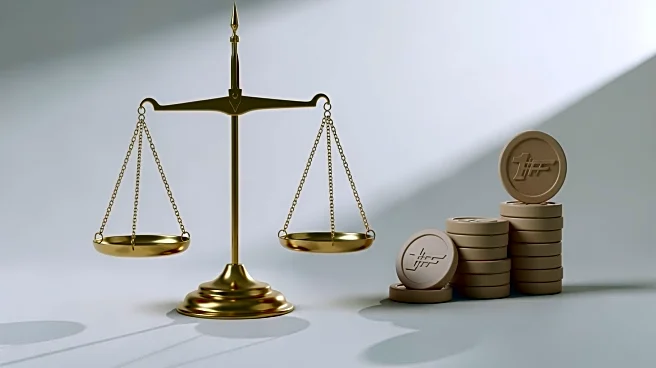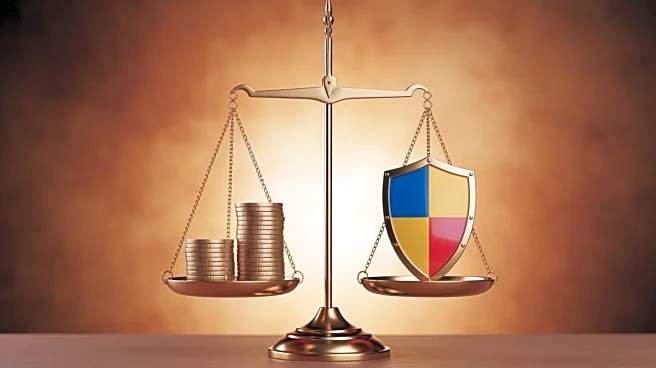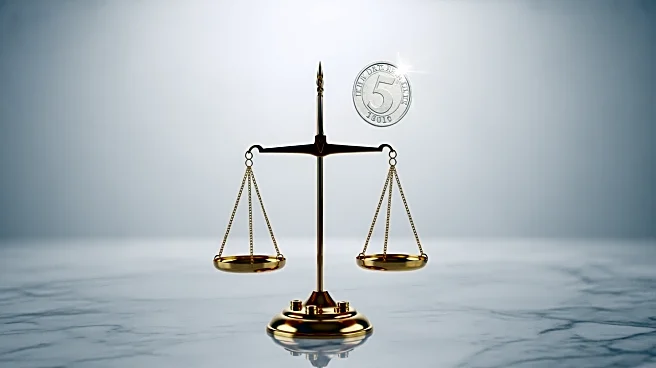What's Happening?
President Trump has proposed issuing $2,000 rebate checks to approximately 150 million Americans as a form of relief from the tariffs imposed on imports. The proposal suggests that families earning under
$100,000 would be eligible for these payments. The initiative is intended to offset the increased costs that tariffs have placed on consumers. However, the plan requires Congressional approval to be implemented, and there are concerns about the funding gap, as the tariff revenue collected does not fully cover the estimated $326 billion cost of the rebate checks.
Why It's Important?
The proposed rebate checks could provide significant financial relief to many Americans, particularly those with low to moderate incomes who have been affected by inflation and higher prices due to tariffs. This initiative highlights the ongoing debate over the impact of tariffs on the economy and consumer prices. If implemented, the rebate checks could stimulate consumer spending and provide a temporary boost to the economy. However, the funding shortfall raises questions about the feasibility of the plan and its long-term economic implications.
What's Next?
The proposal is currently under discussion, and its future depends on Congressional approval. Lawmakers may explore alternative measures, such as tax breaks, to provide relief without direct payments. The political landscape and priorities of Congress will play a crucial role in determining the outcome of this proposal. Stakeholders, including economists and policymakers, will likely continue to debate the merits and drawbacks of using tariff revenue for direct payments.
Beyond the Headlines
The proposal reflects broader economic and political strategies, as it ties into President Trump's tariff policies and their impact on trade relations. The initiative may also influence public opinion and voter sentiment, particularly among those who would benefit from the rebate checks. Additionally, the proposal raises ethical considerations about the use of tariff revenue and its distribution among different income groups.




